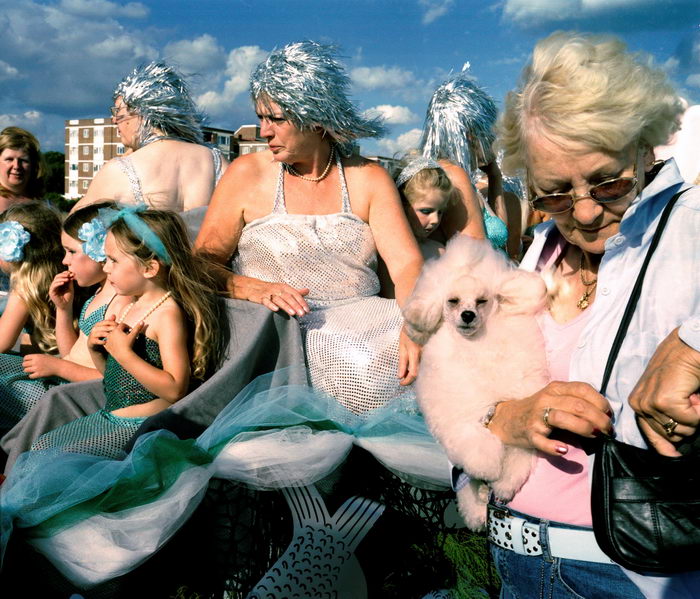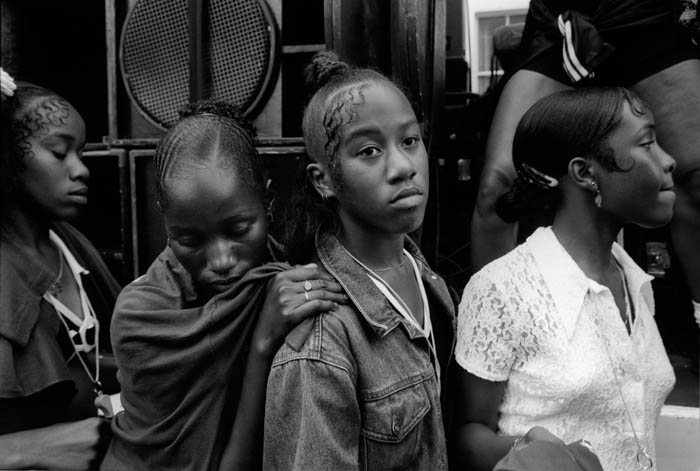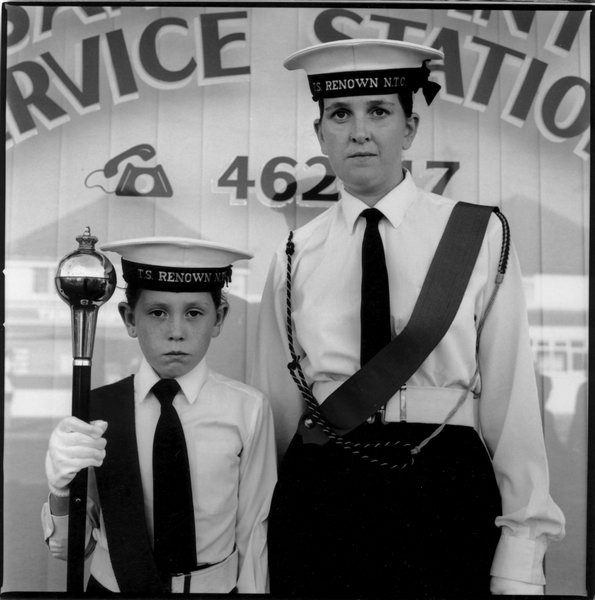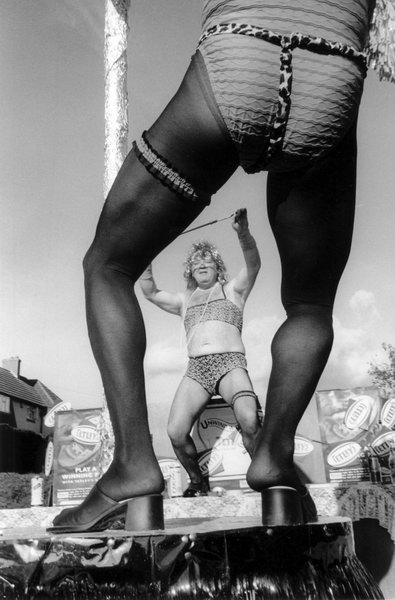All over again at the Barbican Library in London, UK, starting from Wednesday 2 Dec and continuing until 29 Dec, with a day or two off for Santa’s Shopathon in between. I think it will be more or less identical to the previous showing in October in the East London Photomonth at the Shoreditch Gallery (the Juggler.)
If you are around Wednesday evening, you are welcome to the private view, 6-15-8.30pm and if you haven’t got the slightest what I’m talking about, here’s most of the stuff from the press release:
Barbican Library
Level2
Barbican Centre
Silk Street
London EC2Y 8DS
3 Dec – 29 Dec, 2008
Monday, Wednesday: 9.30am – 5.30pm
Tuesday, Thursday: 9.30am – 7.30pm
Friday: 9.30am – 2.00pm
Saturday: 9.30am – 4.00pm
Contact: Peter Marshall: petermarshall@cix.co.uk
Website: http://englishcarnival.org.uk/
English Carnival shows the work of four documentary photographers who have each been inspired by the carnival tradition and carried out long-term projects on Carnival in this country. Although they have at often worked together, each has a distinctly different approach to the subject in their photography. All four photographers have shown work extensively and their pictures have been published widely in books and magazines.
Paul Baldesare and Bob Watkins have photographed traditional English carnivals since the early 1990s, and they received an Arts Council National Lottery Grant in 1997-8 to continue their project. A show of their work organised by Kent Arts toured a number of venues in the South East. Baldesare in colour and Watkins in black and white both show the highly idiosyncratic and sometimes esoteric side of the traditional carnivals that result in their peculiar fascination.
Peter Marshall’s black and white prints from the 1990s are from ‘Notting Hill in Carnival’ , published in ‘Visual Anthropology Review’ in 1999 with an essay and comments on the pictures by George Mentore who took part in Notting Hill in the 1970s.
David Trainer’s striking black and white portraits come from traditional English carnivals and fairs. His work has been included in shows in leading galleries, including the Tate Gallery’s ‘How We Are: Photographing Britain.’

Paul Baldesare “Many years ago I came across a book called ‘A Day Off‘ by photographer Tony Ray Jones. One section, ‘Summer Carnivals’, shot in the 1960s, was a particular favourite.” “For me, these events were full of cultural imagination and ritual contradictions.”

Peter Marshall “Notting Hill has brought new traditions of carnival to this country, enlivening our tradition. I deliberately chose to photograph it in black and white to concentrate on the people and the spirit of the event. I wanted myself and my camera to be a part of the dance.”

Dave Trainer “Just for a day you can be someone else, live out those hidden fantasies, look and act like your heroes. Dress up like a lady with balloons for boobs and walk around half naked without being arrested it’s all about dressing up, showing off and having fun. Well, it’s only once a year.”

Bob Watkins “carnivals are unique in the way they mirror variety and depth of our social history through popular cultural images these pictures are social documents of particular times and places, [but] some have a meaning beyond the thing itself and it is this possibility of the photo as metaphor that keeps me enthusiastic about image making.
And of course if you can’t make it, there are more pictures on the English Carnival web site – rather more than the 40 that are in the Barbican show.
